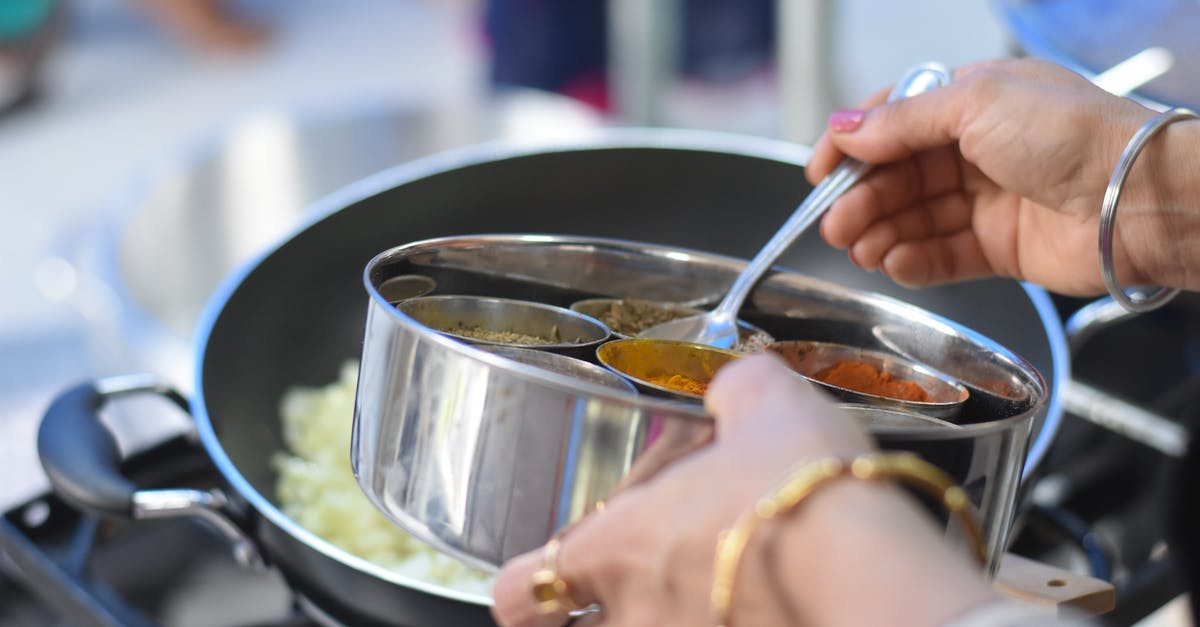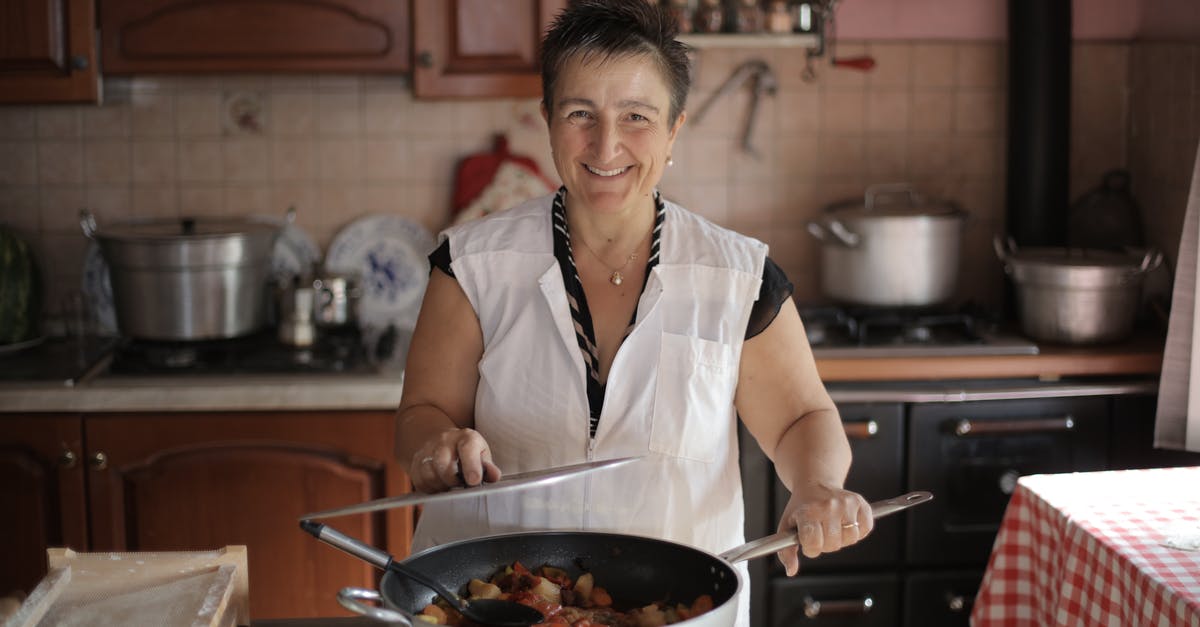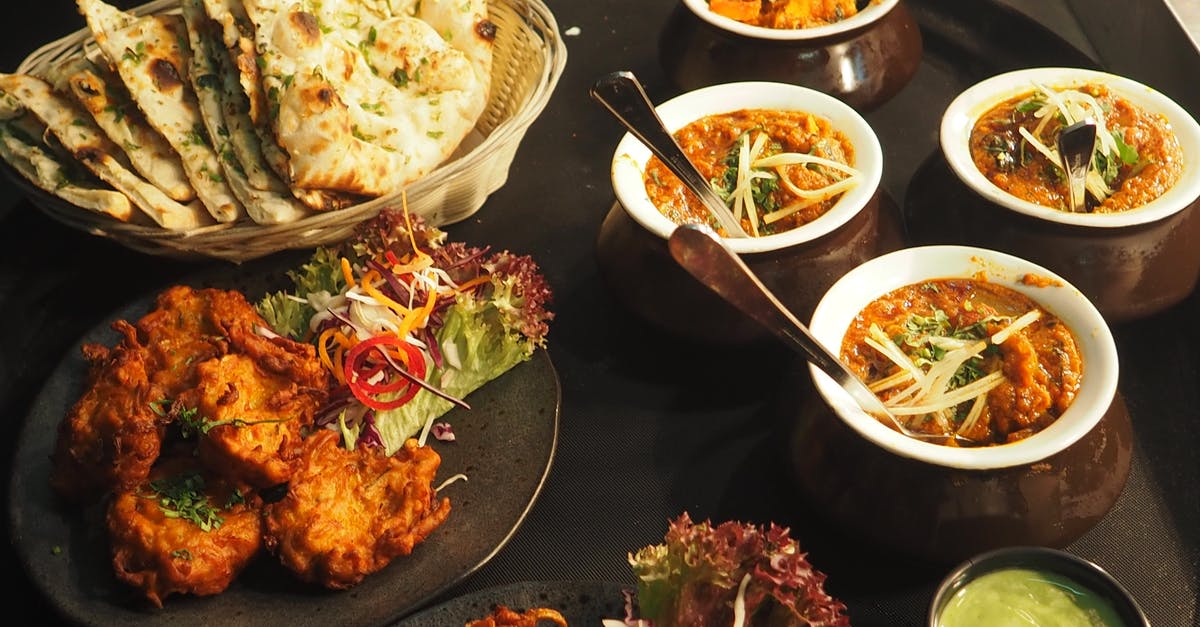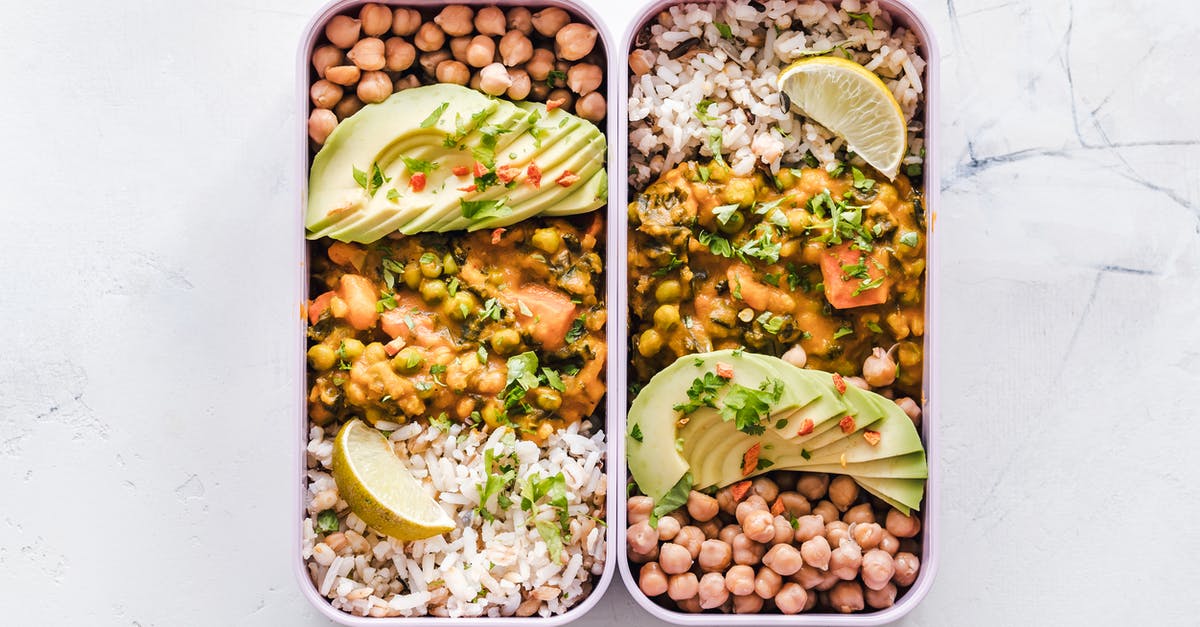Cooking multiple dishes at once in the oven

What is the rule of thumb for adjusting temperature and cooking time when cooking multiple dishes in the oven at the same time? In particular, if the dishes have different required temperatures and/or cooking times, when and how is it feasible to cook both at the same time?
Best Answer
There aren't any very good "rules of thumb" for specific temperatures or cooking times. I'll take a stab at the question in general terms, but it really will vary depending on the specific dishes. There are other questions which have been asked here that ask about specific cases.
First, timing and temperature are separate issues.
The general answer about timing is to bake until done. Most recipes that require a very particular doneness have some sort of test to determine it (e.g., final internal temperature, texture, brownness level, solidity, etc.). Pull the food from the oven when it satisfies the doneness condition. Most foods will eventually get done at lower temperatures; they may just take longer. Other foods are often not as picky about doneness levels, e.g., stews, casseroles, braises. Longer cooking will often just make the texture more tender, which is often a benefit.
If your goal is to try to have multiple things done at the same time, timing can be more tricky. In that case, you'll just have to take a guess, put foods that need longer cooking in first, and keep an eye on everything. If one particular dish is getting done too quickly, you can often remove it, cover with a lid or foil, and return to the oven when the remaining dish(es) are approaching doneness. For baked goods, they should probably be nearly done before removing and resting. (The gluten structure needs to be stable, usually with interior temp of at least 180-190F.) For other dishes, you may be able to remove from the oven in mid-bake and return after other dishes have "caught up" in doneness level. For food safety reasons, you don't want to "rest" the food too long before returning to the oven, but it can help to balance timing as you're approaching doneness for everything.
There are various charts and tables available for determining how timing will be affected by temperature changes, but frankly they're rarely accurate. Only experience and trial-and-error can tell you how a particular dish or recipe will be affected. This is even more true for full ovens, where temperature fluctuations, steam from other dishes, variations in radiant heat and air circulation produced by other baking vessels, etc. will really create differences in baking times. The only general advice here is to monitor the cooking frequently and use whatever doneness criteria you have.
For temperature, things get a little complicated, but here are some general thoughts for different food types.
Baked Goods
- Temperature has to be determined by the foods that are most sensitive to temperature. These are usually baked goods, which depend on a particular balance of high heat (to rise or create oven spring, and to "set" the dough/batter after expansion) and lower heat (to avoid overbrowning or burning before the center is cooked through). If you have baked goods involved, you may need your oven set at the temperature required by the baked goods.
- If you have multiple types of baked goods to bake at the same time, it may or may not be possible to get good results: the best you can do is take something close to an average temperature and pull them out when done. When in doubt, I'd err on the side of a slightly lower temperature. Some types of baked goods won't rise as high, but that's often a lesser quality problem to deal with than baked goods that are burned on the outside but raw or dried out on the inside (which can happen with a high temperature). In fact, despite warnings about the necessity of pre-heating, a surprising number of baked goods can even be successfully baked starting from a cold oven and will still achieve perfectly sufficient rising/oven spring. However, you will generally need to get up to something close to the recipe temperature to achieve sufficient setting of the batter/dough (before collapse) and then browning.
- Any sensitive pastries (and related complex desserts, e.g., souffles) are generally best baked by themselves. Aside from balancing temperature and timing, the moisture introduced into the oven by other dishes can significantly affect the baking process of pastry. So, I'd recommend against trying to combine pastry baking with other things unless you really know what you're doing.
Roasted Meats/Large Pieces of Roasted Food
- These are generally quite flexible. The primary reasons to roast at a high temperature are (1) to achieve adequate browning (with its flavor elements), and (2) to cook at a fast pace.
- If you're flexible, there's no reason to worry about (2). Roasting at a lower temperature will still get things done, and even doing a "low and slow" roast will improve the quality of just about any meat. There are charts and rules of thumb to estimate different roasting times for meats at various temperatures, but these really can't substitute for a good probe thermometer. If you're on a schedule, you can make adjustments to the oven temperature to ensure the meat finishes on time.
- As for browning, you can either sear the meat first on the stovetop or in a high oven (probably best for poultry) or do a "reverse sear" where you turn the oven up right before serving and blast it with high heat for 5-10 minutes (works well for beef, pork, lamb, etc.). Also, the reverse sear can give you time to get your other food into serving dishes, make gravy, etc. before serving.
- If you're roasting at a higher temperature in order to accommodate baked goods or other foods, the outer layer of meat may get done too quickly. Covering part or all of the roasting meat with foil may help. If this is insufficient, cover completely and remove from the oven for a few minutes for the meat to rest and "even out" a bit in temperature, then return.
Roasted Vegetables/Small Pieces of Roasted Food
- Again, these are fairly flexible, but if cooked too long they can dry out and shrivel, and if cooked at too low of a temperature, it can take a long time for dense vegetables to soften (e.g., potatoes, carrots, etc.).
- They also often release a lot of moisture into the oven, which can affect other dishes, particularly those where browning is desired. This latter point applies to most roasted items cut into small pieces. It is often helpful to temporarily remove any items that release a lot of steam during the browning phase of other foods. (Cover with foil and return to oven to warm before serving.)
Covered Dishes/Casseroles
- The above dishes are often primarily baked uncovered in the oven. Dishes baked inside of pots or in other covered vessels are usually less sensitive to temperature changes, unless the temperature is really high which can cause some foods to stick and burn to the cooking vessel. Again, most foods will eventually cook at lower temperatures, though the total time can be hard to predict until you experiment.
- Using a cover over some of your dishes will also prevent excess moisture in the oven. Excess moisture is usually undesirable in most circumstances, since it can interfere with browning. However, it can be used to your advantage in limited circumstances, such as during the first 10-15 minutes of baking for bread and similar baked goods, when oven spring is required before the crust dries out and sets.
- Consider making adjustments as necessary to dishes that request a phase baked covered and another uncovered. Often continuing the covered bake for a longer time will only result in more tenderness in the dish, and it may be an effective way to allow the oven to be used at a lower temperature with a longer bake. Just like the "reverse sear" for meat, a dish that needs to be uncovered for a final portion of the bake can often be finished with a final high-heat blast or a few minutes under the broiler.
General Tips and Summary
- Most foods need to achieve a certain doneness level throughout; aside from some baked goods, this can almost always be achieved with a lower oven temperature (to a point -- going below about 250F will introduce complications in some dishes). Some foods need a specific outside texture, flavor, browning level, etc. which is best achieved at higher heat. If you need that latter effect, either choose an intermediate temperature, or do a phase at the beginning or ending of baking at higher heat for those items specifically. Convection oven features can often also be employed for this, if they're available.
- For baked goods, the production/expansion of gas in leavening needs to be balanced with the time that the dough/batter sets, making baked goods more sensitive to temperature. Unless you know what you're doing (which might involve making adjustments to leavening agents or choosing a different stage of proofing for yeast-based products before baking), baked goods often need to be baked close to their normal recommended temperature.
- Overloading: too much food can introduce complications. Always ensure adequate air circulation is possible around all dishes, but particularly around uncovered ones. As mentioned above, excess moisture can also be a problem when too many dishes are in the oven, which will influence the speed at which food cooks and browns.
- Consider placement of dishes within the oven. Placement of heating elements will affect this greatly. But generally speaking -- with ovens that have a heating element on the bottom or bottom and top -- dishes on the bottom of the oven will brown faster on the bottom, while those on the top of the oven will brown faster on the top. Don't put things that will burn quickly on either surface in the wrong place. Heat rises, so with a lot of food in the oven, the top of the oven will be hotter (and the temperature difference will be greater when the crowded), so place things that need a higher temperature farther up.
Pictures about "Cooking multiple dishes at once in the oven"



Quick Answer about "Cooking multiple dishes at once in the oven"
If one dish calls for a roasting temp of 325°F and another calls for 375°F, you can meet in the middle and cook both at 350°F. Most ovens are usually off by about 25 degrees, so both should be fine. The exception is baked goods, which do require a specific temperature.Eco oven tip- multiple dishes cooked at the same time in a standard wall-mounted oven
Sources: Stack Exchange - This article follows the attribution requirements of Stack Exchange and is licensed under CC BY-SA 3.0.
Images: Gagan Cambow, Andrea Piacquadio, Chan Walrus, Ella Olsson
